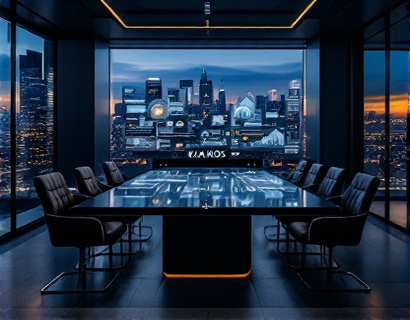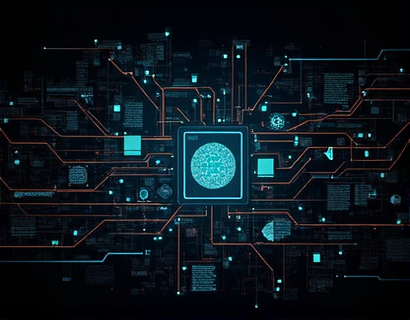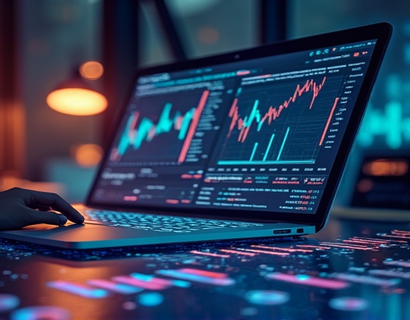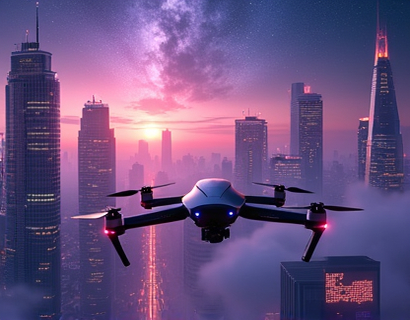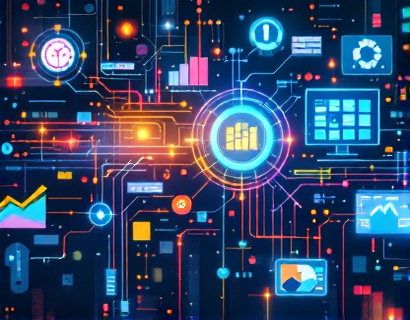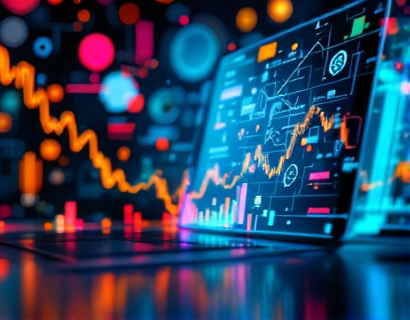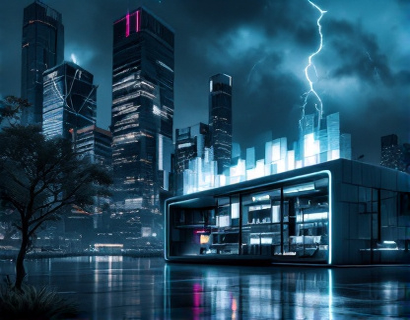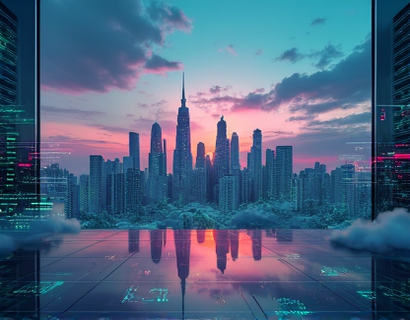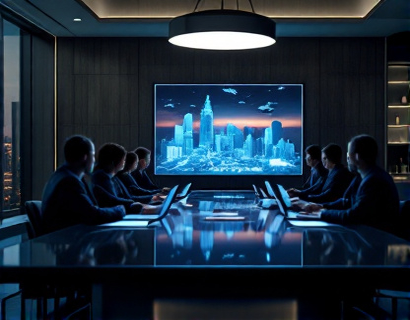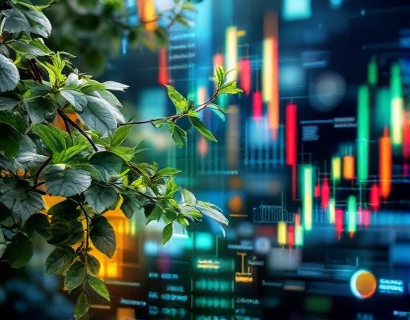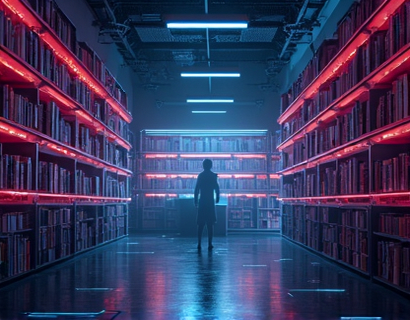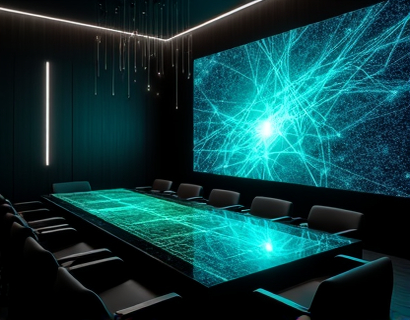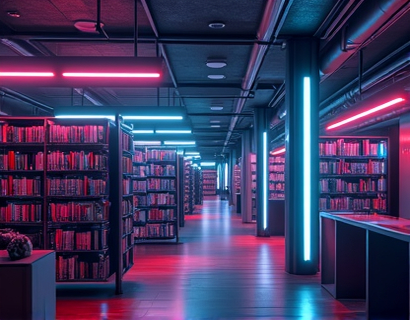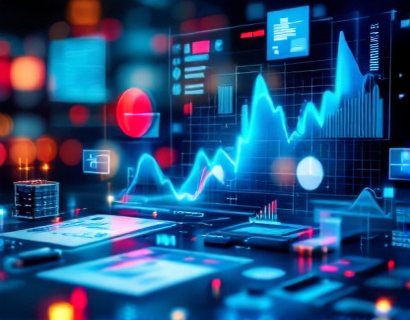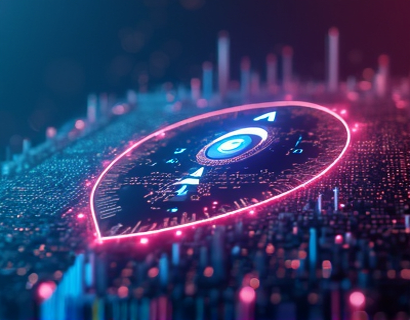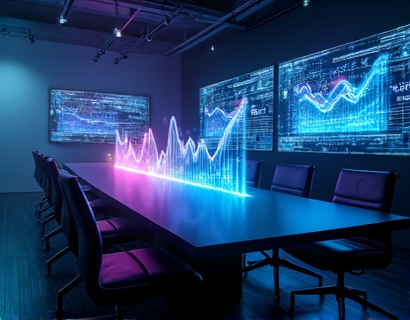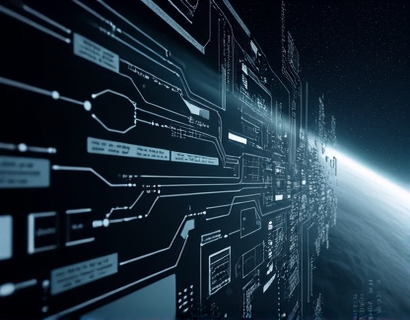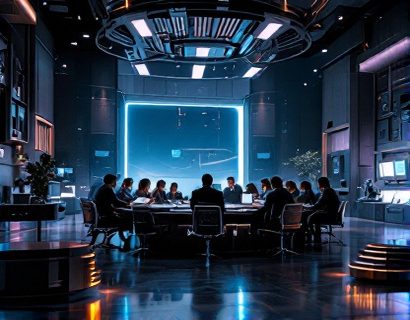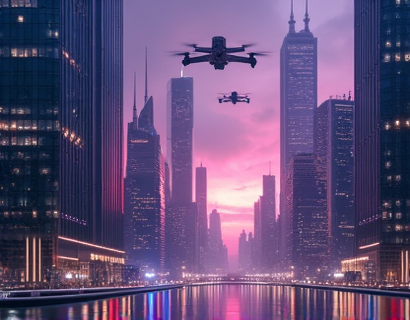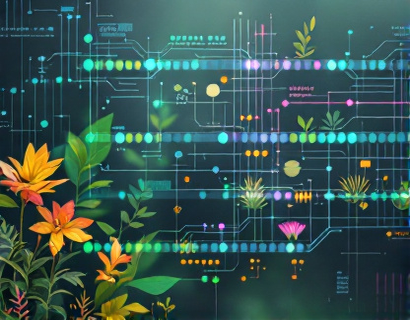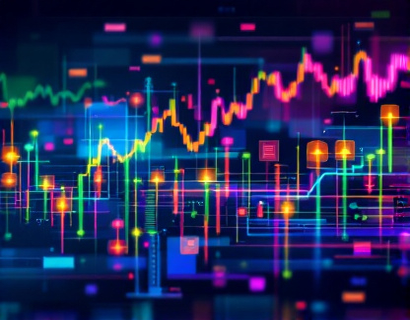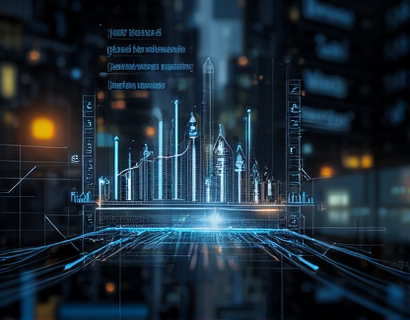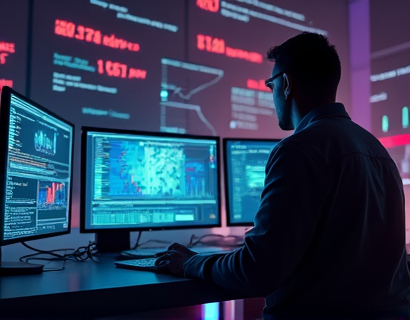Unlocking Digital Transformation: Converting Physical and Digital Assets into Enchanted Collectibles
In an era where digital innovation intertwines with creative expression, the concept of digital transformation has evolved beyond mere technological advancement. It has become a gateway to transforming our physical and digital treasures into captivating digital collectibles. This transformation is not just about digitizing assets; it's about breathing new life into them, enhancing their value, and opening up a realm of possibilities for creative enthusiasts and collectors alike. This article delves into the process of converting your unique items into enchanting digital collectibles using advanced online solutions, and explores the benefits and potential of this digital metamorphosis.
The Evolution of Collectibles in the Digital Age
The tradition of collecting unique items dates back centuries, from rare coins and stamps to art and antiques. In the digital age, this tradition has found a new dimension. Digital collectibles are not just images or files; they are immersive, interactive, and often tied to blockchain technology, ensuring authenticity and scarcity. This evolution has democratized collecting, allowing anyone with an internet connection to participate in a global community of collectors and creators.
Understanding Digital Collectibles
Digital collectibles are digital assets that hold value due to their scarcity, uniqueness, or cultural significance. They can range from digital art and in-game items to virtual real estate and exclusive online experiences. Unlike physical collectibles, digital collectibles exist solely in the digital realm, making them accessible and tradable across the globe without the constraints of physical storage or location.
The Process of Transformation
Transforming physical and digital assets into digital collectibles involves several steps, each designed to preserve the essence and value of the original item while enhancing its digital presence. The process begins with the selection of the asset, followed by digitization, enhancement, and finally, integration into a digital platform that supports collectible functionality.
Step 1: Selection and Digitization
The first step is choosing the asset you wish to transform. This could be a physical item like a piece of art, a rare book, or a collectible figurine, or a digital file such as a high-resolution image or a 3D model. The next step is digitization, which involves scanning or photographing the physical item to create a high-quality digital representation. For digital assets, this step is often skipped, but ensuring the file is in the best possible format is crucial.
For physical items, 3D scanning technology can create a detailed digital model, capturing every nuance and texture. High-resolution photography, on the other hand, can produce images that are nearly indistinguishable from the original. The quality of the digitized asset directly impacts its appeal and value in the digital collectible market.
Step 2: Enhancement and Customization
Once the asset is digitized, the next step is enhancement and customization. This phase allows creators to add unique features and attributes that enhance the asset's value and appeal. For digital art, this might involve color correction, texture enhancement, or the addition of interactive elements. For physical items, it could include virtual restoration, adding historical context, or creating augmented reality (AR) experiences that bring the item to life.
Customization can also involve assigning metadata, such as the asset's history, provenance, and unique identifiers. This metadata is crucial for establishing the asset's authenticity and value in the digital collectible space. Blockchain technology often plays a role here, providing a secure and transparent way to record and verify the asset's attributes.
Step 3: Integration into a Digital Platform
The final step is integrating the enhanced digital asset into a platform that supports collectible functionality. This platform should offer features such as ownership verification, trading capabilities, and a community space for collectors. The platform should also ensure the asset's security and provide tools for tracking its value and history.
Integration involves creating a digital wallet or account on the platform, where the asset is stored and managed. This account can be linked to blockchain technology to ensure the asset's uniqueness and scarcity are maintained. The platform should also provide tools for showcasing the asset, such as virtual galleries or AR experiences, to enhance its appeal to potential buyers and collectors.
Benefits of Digital Collectibles
The transformation of physical and digital assets into digital collectibles offers numerous benefits, making it an attractive option for creators, collectors, and enthusiasts.
Enhanced Value and Scarcity
Digital collectibles can command high value due to their scarcity and uniqueness. Unlike mass-produced digital files, limited editions of digital collectibles can be scarce, making them highly sought after. The use of blockchain technology ensures that each collectible is unique and verifiably rare, adding to its value.
Global Accessibility
The digital nature of these collectibles means they can be accessed and traded from anywhere in the world. This global reach opens up new markets and opportunities for collectors and creators, breaking down geographical barriers and fostering a diverse and vibrant community.
Interactivity and Engagement
Digital collectibles often come with interactive features that enhance the user experience. For example, a digital art piece might include AR elements that allow viewers to see the artwork in 3D or explore its creation process. These interactive features engage collectors and enthusiasts, making the collecting experience more immersive and enjoyable.
Community and Collaboration
The digital collectible space fosters a strong sense of community. Platforms often include forums, social features, and collaborative tools that allow collectors to connect, share knowledge, and collaborate on projects. This community aspect enriches the collecting experience and can lead to new creative opportunities.
Challenges and Considerations
While the potential of digital collectibles is vast, there are challenges and considerations to keep in mind. Ensuring the security and authenticity of digital assets is paramount, as the digital world is prone to issues like piracy and counterfeiting. Using blockchain technology can help mitigate these risks by providing a secure and transparent record of ownership and provenance.
Another consideration is the technical expertise required to digitize and enhance assets. Creators and collectors may need to invest time and resources in learning about digital tools and platforms. However, the growing number of user-friendly platforms and resources is making this process more accessible.
Case Studies and Success Stories
Several notable examples illustrate the success of transforming physical and digital assets into digital collectibles. One such example is the digitalization of rare artworks, where high-resolution scans and AR enhancements have created new ways for art lovers to experience and own famous pieces. Another example is the creation of digital versions of limited edition video game items, which have gained significant value and a dedicated following in the gaming community.
These success stories highlight the potential of digital collectibles to not only preserve and enhance the value of existing assets but also to create new forms of digital art and entertainment.
Future Trends and Innovations
The landscape of digital collectibles is rapidly evolving, with new technologies and trends shaping the future. One such trend is the integration of virtual reality (VR) and augmented reality (AR) to create immersive collecting experiences. VR can transport collectors into virtual galleries where they can view and interact with digital collectibles in a fully immersive environment.
Another emerging trend is the use of non-fungible tokens (NFTs) to represent digital collectibles on blockchain platforms. NFTs provide a standardized way to verify ownership and scarcity, making digital collectibles more tradable and valuable. The intersection of NFTs and digital collectibles is opening up new possibilities for artists, creators, and collectors alike.
Conclusion
The transformation of physical and digital assets into digital collectibles represents a exciting frontier in the digital age. By leveraging advanced online solutions, creators and collectors can enhance the value and appeal of their unique items, join a global community, and explore endless possibilities for digital transformation and expression. As technology continues to evolve, the potential for innovation in this space is vast, promising a future where the boundaries between the physical and digital worlds blur, creating a rich and vibrant ecosystem of digital collectibles.



